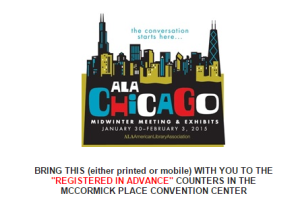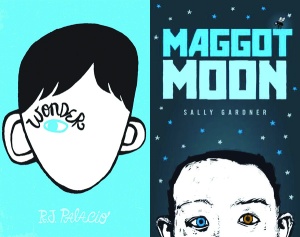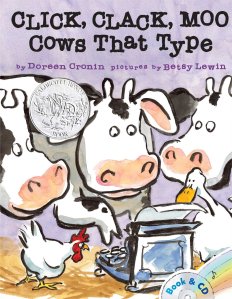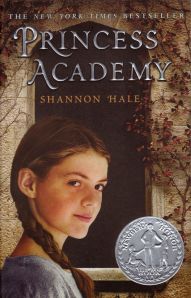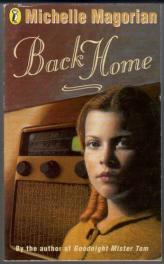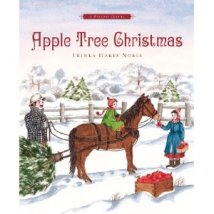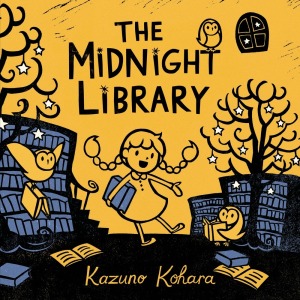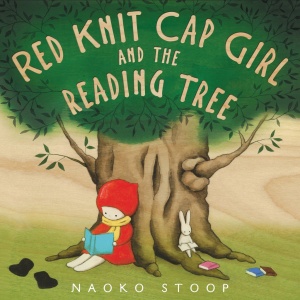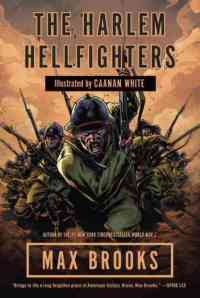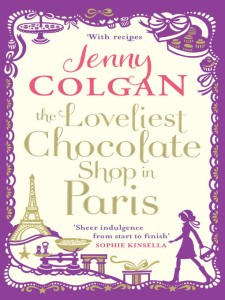If you know me well, you know I love series books. Love them. The series of my heart will always be the Baby-Sitters Club; the joke about them I tell is that I can’t do algebra, but I can tell you every member’s full name. (Kristin Amanda Thomas, Mary Anne Spier, Claudia Lynn Kishi, Anastasia Elizabeth McGill, Dawn Read Schaefer, Mallory Pike, Jessica Davis Ramsey, Shannon Kilbourne, Logan Bruno, Abigail Stevenson!) But I was also obsessed with Animorphs and fond of a variety of of other series, ranging from the Sleepover Friends to Nancy Drew (Clue of the Whistling Bagpipes or GTFO). As an adult, my fondness for series books (especially series books marketed to girls) has continued; I still reread BSC books, and I wrote a proposal for a girls’ series books bibliography for one of my library-school classes.

Raina Telgemeier’s graphic novels still sold at the bookshop. The originals? Not so much.
Well, School Library Journal has a great series of articles about series books–and more importantly, what should be done with them as they age. So far, Endagered Series has covered the Boxcar Children, the Hardy Boys, the American Girl franchise, and–oh, the pain–the Baby-Sitters Club. Travis Jonker lays out what the books are about, the pros and cons to keeping them around, and his own solutions. With shelf space at a premium, “what shall we do with these books that were popular a decade (or longer!) ago?” is an important question to ask. Tough, perhaps, since these books span the 20th century and thus could be part of any working librarian’s childhood, but absolutely necessary.
One thing I find interesting about the series is that while the author talks about the Baby-Sitters Club, the spinoff series don’t come up. Obviously, they don’t need to delineate BSC versus Super Specials, Mysteries, Super Mysteries, etc. But the Baby-Sitters Little Sister books (and the Kids in Ms. Coleman’s Class series, which was a short-lived spinoff of the Karen books) seem like they might be their own beast, and the same with the California Diaries. They’re for slightly different ages than the original BSC books–Little Sister skews younger, and California Diaries, older.
…But I am coming at this from the POV of someone who still has dozens of BSC books to her name. This level of specificity is pretty nitpicky to me–and the Little Sister and California Diaries books (the latter especially) seem like prime weeding opportunities, since they are vestigial series.
Another fascinating aspect to this series is the variety of comments in reply to each article. Some librarians have the same problems with the series featured; others see them fly off the shelves. Tastes vary so much from town to town, neighborhood to neighborhood, and school to school! It’s incredible.
At the bookstore, I saw similar issues. We tried to keep a few older series on the shelves, but most people who came in just weren’t interested in the Baby-Sitters Club, Animorphs, and whatever else we’d ordered in a fit of nostalgia. (It doesn’t help that the new Animorphs covers are off-puttingly ugly, in my humble opinion. But there’s also the argument that Animorphs is a series that is quintessentially 90s–that the worldview is such that it must be set in the 90s–and that must seem like ancient history to a kid who wasn’t alive for Hurricane Katrina. Or maybe it’s just the fact that the series wavered significantly in quality.)

No joke: I once booktalked I Survived Hurricane Katrina, 2005 to a seven-year-old kid and realized halfway through that I was talking to someone who had no firsthand knowledge of it. Look, my math isn’t great.
Some series books did sell well, though! And those tended to be much newer, which isn’t surprising. I Survived by Lauren Tarshis was incredibly popular. So were the various diary books–you know, every hardcover Diary of a Wimpy Kid competitor. You can easily tell them at a bookstore, because they’re inevitably the exact same shape and size, and with few exceptions (The Popularity Papers, which actually have been released in trade paperback, comes to mind), they’re only printed in hardcover.
As far as “classics” went, Beverly Cleary’s Ramona books sold pretty well. The Magic Treehouse books were incredibly popular (and while they might not seem that old, since they’re an ongoing series, the first one was published over twenty years ago!). Goosebumps had a significant revival over the two years when I worked there, and I expect that’s likely to increase with the release of the new movie. The Boxcar Children actually were pretty popular, but they were often books booksellers and parents were recommending to kids, rather than books kids picked up on their own.
And, because ours was a store in Minnesota, there was always demand for the Betsy-Tacy books. Those were generally requested by parents and grandparents who had grown up with the series, but we definitely had children who liked them, too. We kept the full Betsy-Tacy series on hand, though only the first few books were classified as being for “young readers” in our system. The others were shelved in the general fiction section, which was confusing for customers. (Similarly confusing: Only Redwall was shelved in our children’s department. On more than one occasion, I had to lead a confused child and parent over to our Scifi/Fantasy section for every other Redwall book. It was annoying, too, because the mass-market paperbacks stocked in Scifi/Fantasy looked way less child-friendly, especially when surrounded by completely kid-inappropriate books.)
Anyway, you should definitely check out those articles. And you should expect more content from me! I’m going to the ALA Midwinter conference at the end of this month, which is Kind of a Big Deal in the library world (and for everyone else, it’s where the Newbery, Caldecott, and Printz awards, among many others, are announced!). And in February, the greatest semester ever starts: I’m taking Young Adult Materials and Storytelling. Expect to see some deets about those. (I just devoured The Outsiders and Forever… for YA lit, and now I’m forcing myself through The Chocolate War. Wish me luck!)
So how are you doing, internet? And what book series do you think Endangered Series should cover? (Animorphs better make an appearance, is all I’m saying.)

